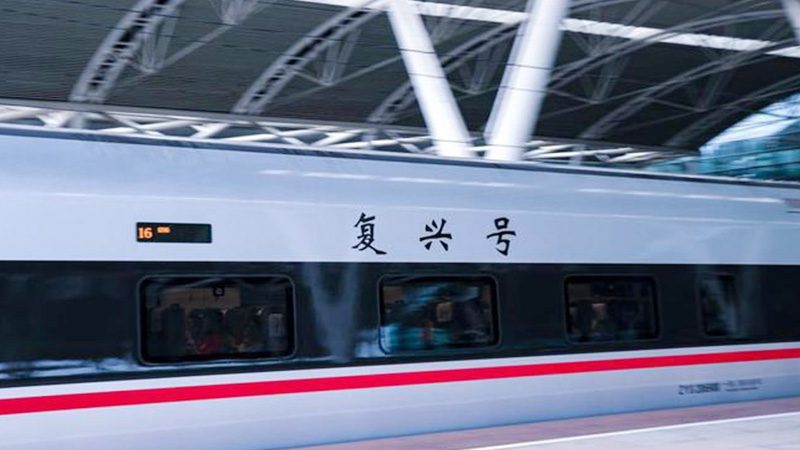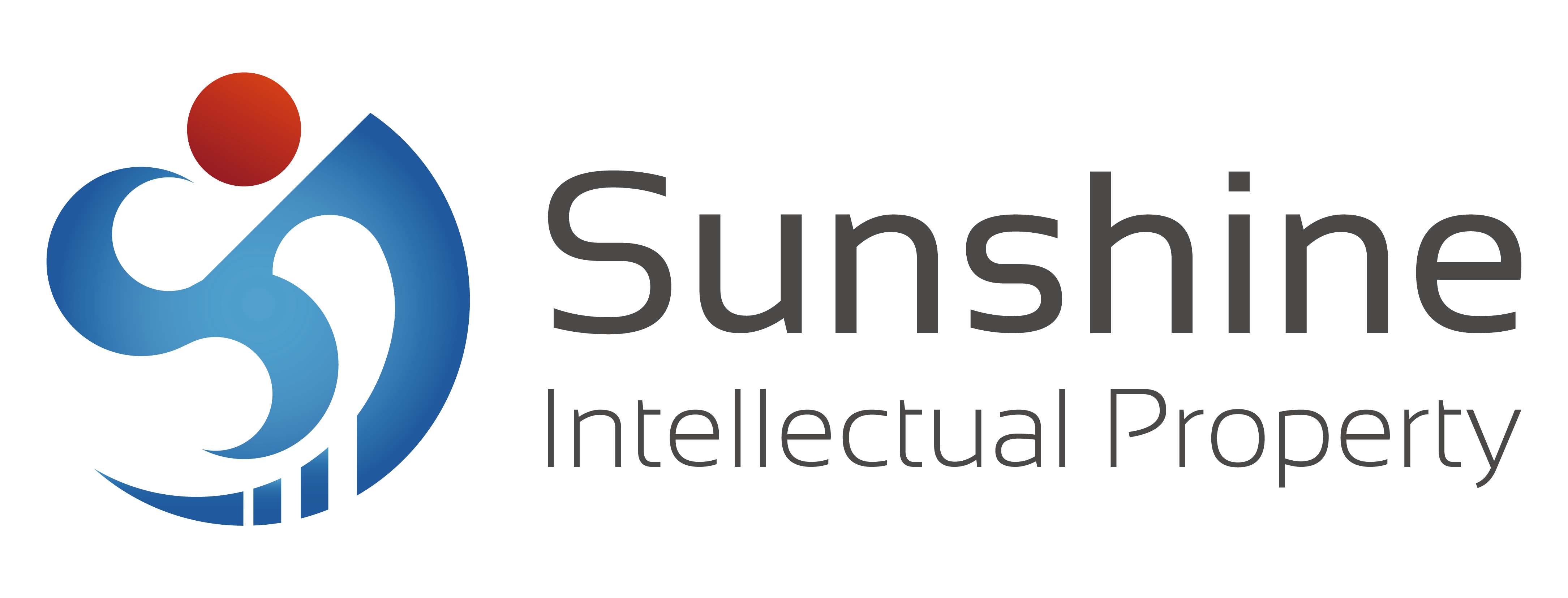China’s urban rail transit development has long faced obstacles, trapped in three major issues: “high costs,” “reliance on foreign core technologies,” and “insufficient domestic innovation.”
Since the 1990s, the Chinese railway sector has been actively addressing these challenges, focusing on breaking barriers to innovation and alleviating the transportation bottlenecks that constrained economic development. This led to the vigorous development of advanced manufacturing industries, particularly rail transit equipment. Through research on high-speed rail foundational theories and key technologies, China has accumulated extensive experience in independent technological breakthroughs and scientific experiments. The launch of the “Fuxing” high-speed train in 2017 marked a significant milestone, representing a truly Chinese innovation with entirely independent intellectual property—a “national icon” embodying the vision of countless railway researchers.

Breaking the High-Speed Rail Braking Pad Patent Bottleneck
In the technical design phase of the “Fuxing” train, stringent principles such as safety, reliability, simplification, standardization, cost-efficiency, and energy efficiency were followed. Innovations in safety redundancy, key technology optimization, and patent strategies were crucial. Particularly in braking technology, achieving a balance between high speed, stability, and emergency braking within a safe distance of 6,500 meters while operating at 350 km/h required significant advancements in braking pad technology and patents.
However, the railway industry faced three major challenges:
1. The consumable nature of braking pads made their cost fluctuations a significant factor in the overall operational costs of high-speed trains.
2. Before 2012, braking pads for high-speed trains were under foreign patent protection, forcing China to rely entirely on imported products with an annual import cost of 4 billion RMB.
3. Imported braking pads were not only expensive but also plagued by long supply cycles, untimely deliveries, and poor after-sales service.
Breaking away from dependency on foreign core technologies and achieving localization of critical components like braking pads became a pressing issue.
Pioneering Domestic Alternatives with Patent Support
In 2013, Beijing Tianyishangjia New Material Co., Ltd. (Tianyishangjia) leveraged its accumulated R&D and patent achievements to gain a first-mover advantage, successfully developing domestically-produced powder metallurgy braking pads. After rigorous evaluations, Tianyishangjia became a key supplier of braking pads for the “Fuxing” train.
Recognizing the strategic importance of patents for technology-driven enterprises, Tianyishangjia partnered with Sunshine IP from the company’s inception to plan and implement a comprehensive intellectual property strategy. The collaboration focused on patent defense, competition, and operations, emphasizing a transition from quantity to quality, which directly contributed to Tianyishangjia’s market dominance and industry leadership.
In terms of technology, the braking pads required a stable friction coefficient, exceptional heat resistance (ensuring minimal performance degradation at 300–400°C for extended periods and 900–1000°C instantly), and sufficient mechanical strength to prevent deformation or damage under extreme conditions. The design also had to mitigate shock impacts, prevent material displacement, and ensure structural integrity during and after braking. The use of powder metallurgy innovation was essential, involving processes like compression molding and high-temperature sintering. These rigorous requirements highlighted the need for advanced patent capabilities and supply chain integration.
Securing a First-Mover Advantage Through Patent Strategy
Tianyishangjia’s innovative research and mass production of braking pads broke the technological monopoly of foreign companies. This achievement filled a domestic gap in braking pad technology, realized full localization of high-speed train braking pads, and enabled global supply, significantly reducing operational costs for high-speed trains. The company also played a pivotal role in the export of China’s high-speed rail core technologies and components, while advancing R&D, techniques, and craftsmanship across related industries.
Sunshine IP supported Tianyishangjia in the following ways:
1. Comprehensive Intellectual Property Foundation:
As Tianyishangjia’s exclusive IP service provider, Sunshine IP developed its foundational IP infrastructure, supporting patent mining, trademark registration, copyright management, product development, patent planning, and IPO guidance. Regular patent training sessions were held to enhance employees’ patent awareness and improve their understanding of IP protection and utilization.
2. Overseas IP Risk Prevention:
For Tianyishangjia’s international expansion, Sunshine IP created a tailored overseas IP risk warning system. This included PCT international patent applications, Madrid trademark registrations, and IP protection initiatives under the “Belt and Road” strategy. The team conducted comprehensive infringement risk assessments, enabling the global expansion of braking pad products while mitigating risks.
Driving Innovation and Industry Growth
Tianyishangjia’s success as a supplier for the “Fuxing” train has significantly contributed to the localization of critical high-speed rail components, the reduction of operational costs, and the advancement of China’s rail transit equipment manufacturing. The company’s achievements also underscore the importance of innovation-driven growth and the role of comprehensive IP strategies in fostering industry development.
Sunshine IP’s all-encompassing IP services played a crucial role in Tianyishangjia’s IPO on the Sci-Tech Innovation Board in 2019. Tianyishangjia’s journey serves as a model for technological enterprises in strategic industries, demonstrating how innovation and robust IP frameworks can drive industry transformation and international competitiveness.
The rapid development of Tianyishangjia highlights two critical factors:
1. Seizing Technological and Industrial Opportunities: Tianyishangjia leveraged innovation to drive its growth, setting an example for the industry.
2. Comprehensive IP Support: Sunshine IP provided end-to-end IP services, accelerating Tianyishangjia’s ability to create and protect its innovations, thus contributing to the broader development of China’s rail transit sector.
With ongoing government support for the rail transit equipment industry, Tianyishangjia and Sunshine IP’s collaboration offers valuable insights for fostering innovation, enhancing international competitiveness, and building a sustainable and efficient industry.
Disclaimer: This article is directly translated from Chinese using AI tools. If there are any inaccuracies, your understanding is greatly appreciated!

